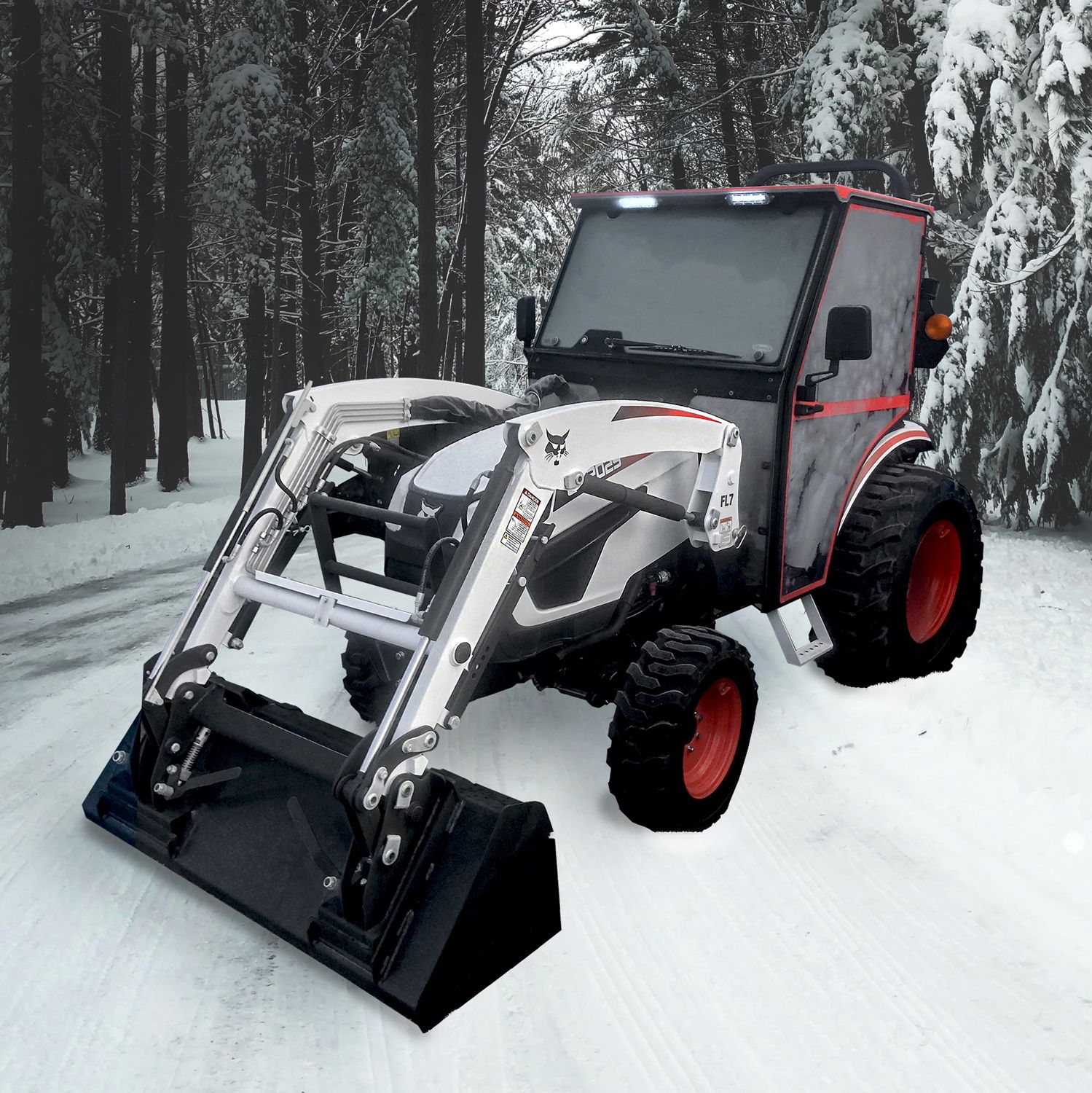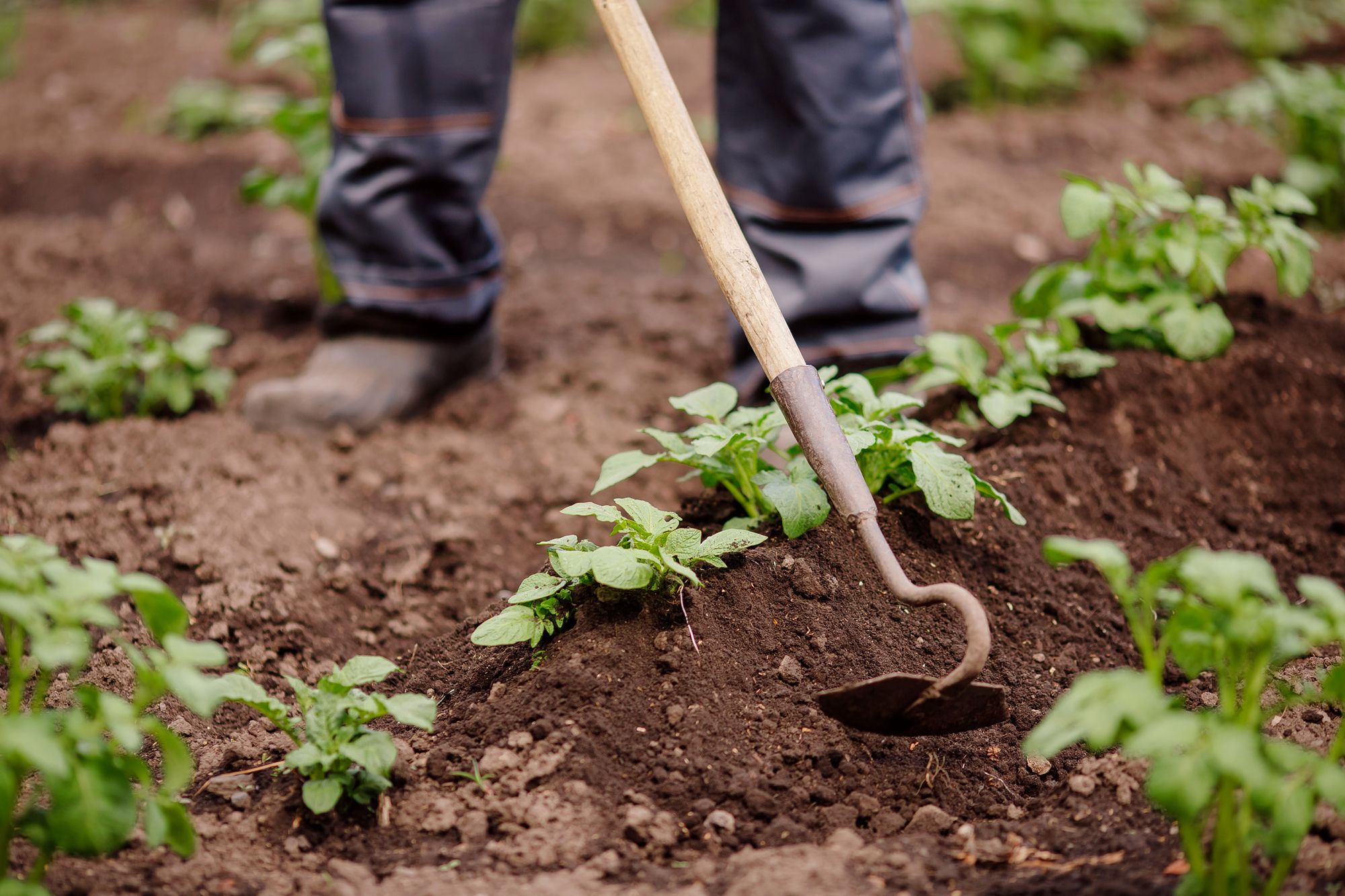Attracting Pollinators-Important for more than flowers


We think of pollinators many times as just managed honey bees from an apiary, but actually there are 4000 species of wild native bees in the U.S. that provide pollination. Native bees can be divided into three broad categories: solitary ground-nesting (mining bee), solitary wood or tunnel-nesting (leaf cutting bees), and our one group of native cavity social bees, the bumble bee.
Native bees alone contribute $3 billion a year to the national economy through pollinating crops such as strawberries, cantaloupe, blackberries, blueberries, and sunflowers.
We must also include the other beneficial pollinators. These would include birds such as the ruby throated humming bird, bats such as the lessor long-nosed bat, beetles such as the soldier beetle, flies such as the hover/flower fly and of course don’t forget all our moths and butterflies.
The annual value of insect-pollinated crops, according to a Cornell study, is $29 billion per year to U.S. farm income.
Alfalfa = Over $7 billion
Apples = Over $1.5 billion
Almonds = Over $1.1 billion
Berries = Over $2.5 billion
Canola, soybean, cotton = another $12 billion
It is important to know the habitat on your farm. Native bees and other pollinators need both food and shelter-they eat only pollen and nectar and they nest in tunnels or in the ground. In the process of gathering pollen and nectar resources, pollinators move pollen from one flower to another, and thus pollinate your crops. Pollinators rely upon an abundance and variety of flowers, and need blooming plants throughout the growing season.
Pollinators like native bees don’t build the wax or paper structures we associate with honey bees or wasps, but they do need places to nest, which vary depending on the species. Wood-nesting bees are solitary, often making individual nests in beetle tunnels in standing dead trees. Ground-nesting bees include solitary species that construct nest tunnels under the ground. Cavity-nesting social species make use of small spaces, such as abandoned rodent burrows, wherever they can find them.
A week during the month of June has been designated National Pollinator Week by the U.S. Department of Agriculture and the U.S. Department of the Interior
Consider your habitat
Hedgerows or windbreaks can be developed with a variety of plants that benefit pollinators. If they have overlapping flowering periods, this will provide food and nesting resources for them throughout the growing season.
Habitat along streams should contain a diversity of plants. Willows, in particular, will nourish bumble bee queens in the spring so that large numbers of workers are available when crops begin to bloom.
Nearby natural areas may harbor all the native bees needed to pollinate your farm’s crops. Consider inviting your neighbors to help with safeguarding these habitats.
Keeping dead trees standing provides shelter for native bees. Some solitary bees build nests in abandoned beetle tunnels in snags.
Leave areas next to fields untilled and—importantly—unsprayed to support flowering plants and provide nest sites for ground-nesting bees.
Cover crops are great sources of flowering plants that can supply an abundance of pollen and nectar.
If feasible in your operation, leave even small areas of fallow or unproductive land. Especially when sown with native flowers, these offer important resources for many pollinators.
So what can you do to attract and provide more habitats for our important pollinators?
The obvious for all of us is to grow more flowers, but what does that really mean? Basically trees, shrubs and herbaceous plants can provide food and nesting habitat for pollinators. An abundance of different flower shapes, sizes, and colors will appeal to a variety of pollinators. Grouping plants together in sunny locations helps pollinators find and feed on desirable flowers while expending less energy in the search for plants.
Not all flowers are created equal
Different flower shapes and colors attract different pollinators. For example, red tubular flowers with a nectar reward tend to attract hummingbirds. Daisy-like flowers that provide nectar and pollen in shallow flowers are often visited by bees and flies with shorter mouthparts.
Keep in mind that not all flowers are created equal. Some cultivars and hybrids don't offer the pollen and nectar rewards that so-called "straight species" do, since the quality and quantity of nectar and pollen are sometimes lost during breeding. Plants bred with "double" flower petals are often inaccessible to pollinators.
You want plants to flower at different time of the year since different species of bees, butterflies and other pollinators are active at different times of the year.
We also need specific host plants for the caterpillar of certain species of butterflies. Monarch will drink nectar from many flowers but need the milkweed to lay eggs on and the caterpillar to feed. The loss of many milkweeds in the landscape is one reason for the decline of the monarch.
Native for natives
Find out what native native plants attract native pollinators in your area. Native plants offer nectar, pollen and other nutrients in quantities that native pollinators need
Provide nesting sites
Brush piles, dead standing trees and clumping grasses all provide important nesting and overwintering habitat for bees and butterflies. Cavity-nesting bees make their nests in the pith of twigs like elderberry or sumac, or in abandoned beetle burrows in dead trees. Solitary ground nesting bees usually nest in sandy, well-drained soils on south-facing slopes.
Artificial nesting sites can be made or purchased. These structures require routine maintenance, and even periodic replacement, to prevent the buildup of bee pathogens and parasites. Bumble bees prefer to nest in preexisting cavities with some form of insulation such as old rodent nests or bird nests, both above and below ground. They will also nest under clumps of grass. Artificial structures are generally considered unsuccessful at attracting bumble bee queens.
Other considerations
A source of water is beneficial for thirsty pollinators, especially in the heat of summer. A simple shallow bowl or birdbath can provide sufficient water. A few sticks placed in the bowl will provide a place for bees and other insects to land and perch, thus preventing insect drowning. Additionally, a muddy puddle may be visited by pollinators like butterflies and mason bees.
Limit pesticide use in the garden. Pesticides can have negative effects on bees and other insects. Use an integrated pest management approach with multiple strategies to reduce pest damage. Contact your local University Extension office for pest management assistance.
Although not generally wanted, weeds provide food for pollinators, including dandelions, milkweed, goldenrod, and clover. Consider tolerating weeds with benefits to pollinators. Keep in mind many invasive weeds outcompete native plants important to pollinators, so eliminate invasive weeds such as privet, garlic mustard, and buckthorn.
As you think about pollinators on your farm and property consider the following questions:
- Why pollinators are important to your location?
- Who are the pollinators in your area?
- How can I attract and utilize them on my farm?
- How can I protecting pollinators on my farm?
For more detailed information
To learn more about pollinators and pollinator plants, consult these resources:
The Xerces Society for Invertebrate Conservation: xerces.org
Pollinator Partnership: pollinator.org
The Ohio State University Bee Lab: beelab.osu.edu
Tags:Weekend Farmer

Acreage Life is part of the Catalyst Communications Network publication family.













